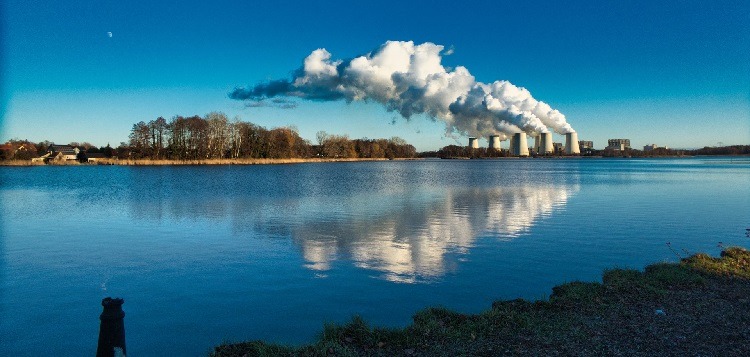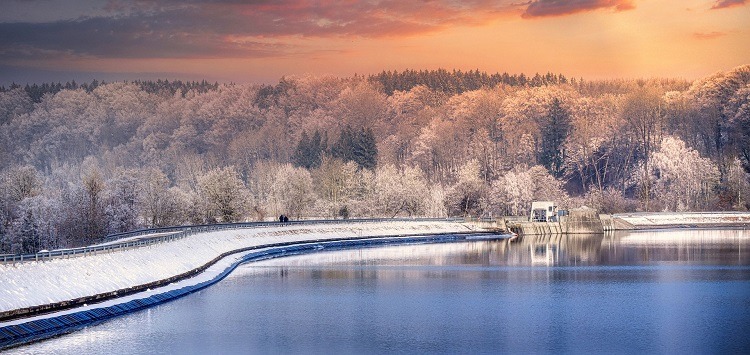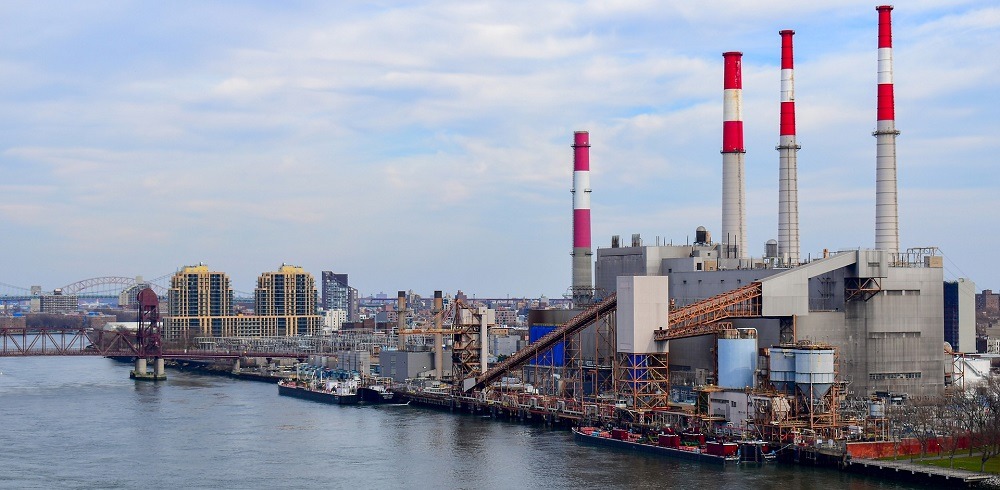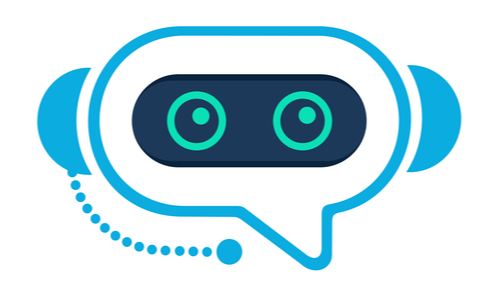The reasons for the worldwide water issue are numerous, necessitating a variety of remedies. To make a significant impact for the 1.2 billion people who live in water-scarce places, these solutions must encompass policy, technology, and behaviour change.
Many upcoming technological innovations take a unique approach to the crisis:
WaterSeer
The WaterSeer resembles a well, but instead of pulling water from the earth, it draws water from the atmosphere using the surrounding environment. It is buried six feet down, with its bottom chamber enclosed by cold soil. The wind rotates a turbine above ground, which turns fan blades inside the device. These blades direct the air into an interior condensation chamber, where the vapour condenses on the chamber’s walls as the heated air cools. The water then flows down to the bottom chamber, where it may be pumped out using a simple pump and hose. It can gather 37 litres of water each day in optimal conditions.
The National Peace Corps Association is testing the concept, which will be launched later this year. It was developed in the United States.

Graphene Filters
Desalination, the process of turning saltwater to freshwater, has traditionally been too costly and energy-intensive to be used as a broad option for increasing access. Lockheed Martin, on the other hand, has created and patented a Perforene graphene filter that, according to the company, would cut the energy cost of traditional reverse osmosis desalination by 20% while withstanding higher pressures and temperatures. The perforated, hyper-permeable filter is one atom thick and claims to enhance water flow by 500 per cent over traditional techniques. While the technique would be especially useful in the oil and gas industry, which is said to create 18 billion gallons of wastewater each year, the company is also looking into other uses, such as food and energy generation.
Fog Catchers
Fog is collected by large mesh nets, which drip into collection trays after condensation. The largest of these projects is located on the slopes of Mount Boutmezguida in Morocco, which has a microclimate that allows for the harvesting of 6,300 litres of water each day. Dar Si Hmad, the non-profit responsible for the initiative, was given the UN’s 2016 Momentum for Change award because the water is pure, free, and fast.

Drinkable Book
Researchers at Carnegie Mellon University created this teaching and filtration tool in collaboration with the non-profit Water is Life. Each page of the book contains fundamental water and sanitation recommendations, such as the significance of keeping pollutants such as trash and faeces out of the water, which is commonly overlooked in impoverished nations. Perhaps even more unusual is the fact that the advice is printed on “scientific coffee filter” paper, which can be used to clean drinking water and decrease germs by 99.9%. Each book contains enough filter sheets to deliver clean water for four years to its reader. It’s being sold in Ghana, Kenya, Haiti, Ethiopia, India, and Tanzania, and a Farsi version is in the process.


